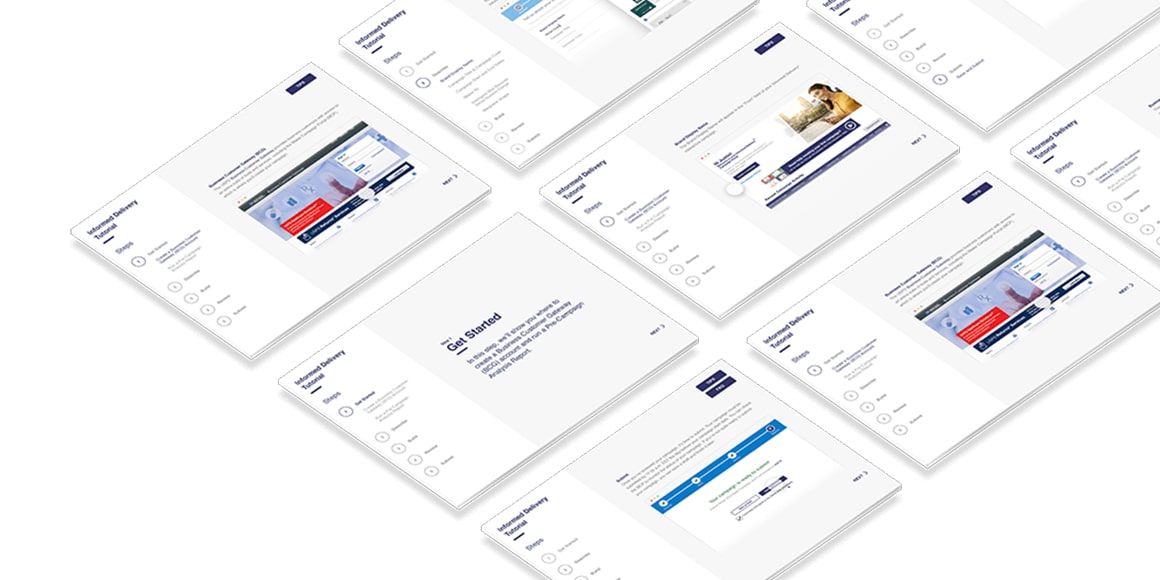
Social media and direct marketing exist in two different worlds, but together they stand to create an even more powerful marketing strategy. While data from social media is crucial for optimizing future social media campaigns, it can also be harnessed to enhance direct mail efforts by fine-tuning the messaging and target audience. Direct mail can similarly be used to enhance a social media campaign, by capturing consumer attention and directing an audience to a company’s online platforms. Working hand in hand, these two channels can boost the effectiveness of a campaign and create valuable insights.
Connecting Social Media and Direct Mail
Though these advertising channels operate across disparate mediums, one print and one digital, they can complement each other in a number of ways. With so much digital clutter, it’s hard for a company to differentiate itself on various social media channels. Direct mail marketing can truly boost social media efforts. By using direct mail in conjunction with social media, marketers can create a more original and memorable experience.[1] For example, companies can cross-promote their content on social media and direct mail to build anticipation around wider marketing efforts. They can also count down to product launches on social media, then send mailers and brochures once the product hits stores. To prompt users to follow a business’ social media accounts, physical mailers can feature social icons or QR codes that instantly link the consumer to a website or social media page.
Using Social Analytics to Enhance Direct Mail
While social media can amplify a company’s messaging and introduce it to a new audience, it can also gather customer data useful for building a successful marketing strategy. By studying social media analytics, companies can better understand their audiences and, in turn, use that information to create a more refined direct mail campaign. How? Looking at demographics, topics of interest and click-through data, marketers can create more comprehensive audience segments. This allows them to better target their customer base using direct mail.[2] Knowing what content and imagery perform best on social media can help inform marketers’ messaging and imagery choices on physical mailers.[3] Leveraging this information can also help companies send the right message to the right consumer at the right time.
The Strategic Possibilities
Developing unified social media and direct mail campaigns can serve businesses in many different ways. Here are three dynamic examples.
Geo-targeting
Companies looking to market to a specific location can use social media to deliver hyper-local advertisements. Measuring which ads work in certain locations can then help these companies decide what areas to focus their direct mail marketing efforts. Facebook and Twitter, for example, allow companies to target customers by demographics, interests and location.
- Use social media to send branded content or promotions to followers in ZIP Code™ locations you’d like to target. Some social media platforms provide you with analytics that show you which areas responded most favorably to your content. This data can then be used to determine which areas would be the most receptive to your direct mail campaign.
Events
Social media offers an easy way to communicate important information about any marketing event and the company behind it. Simultaneously, direct mail, which neuromarketing has shown to be a more memorable medium than digital, can be used to build excitement around the event and deliver important information.[4] Social sharing platforms can connect a brand’s followers to richer content in the form of brochures and mailers. These social channels can then drive consumers to lead-generation microsites where they can request direct mail about the event, as well as the company’s products and offerings.
- Create custom hashtags to drive consumer excitement around the event and your newest line of products or services. As the event date approaches, create a lead-gen site that offers consumers product brochures and other branded materials. Promote the site with the chosen hashtags.
Personalization
Social analytics can provide brands with the ages, locations and interests of their followers. With this information, companies can send direct mail tailored to each customer. Mailers can speak to the appropriate audience segment and offer promotions specific to the product preferences of each location.[5]
- Send mailers that include personalized content that reflects the individual consumer’s profile. Direct mail messaging can also be tailored to the consumer’s stated interests on social media sites.
While it is important for a business to build a robust social media following, using social media in partnership with more traditional channels can enhance the potency of these efforts. Direct mail, which can elicit a pronounced emotional response, brings added value to a campaign by making a message more memorable. Together, direct mail and social media can heighten the influence and reach of a company’s marketing strategy.
Footnotes
keyboard_arrow_down- [1]Robert M. Brecht, "How to Integrate Direct Marketing and Social Media," DMN3, Aug 18, 2015. arrow_right_alt
- [2]Ibid arrow_right_alt
- [3]Ibid arrow_right_alt
- [4]Ibid arrow_right_alt
- [5]Ibid arrow_right_alt
 search
close
menu
search
close
menu



